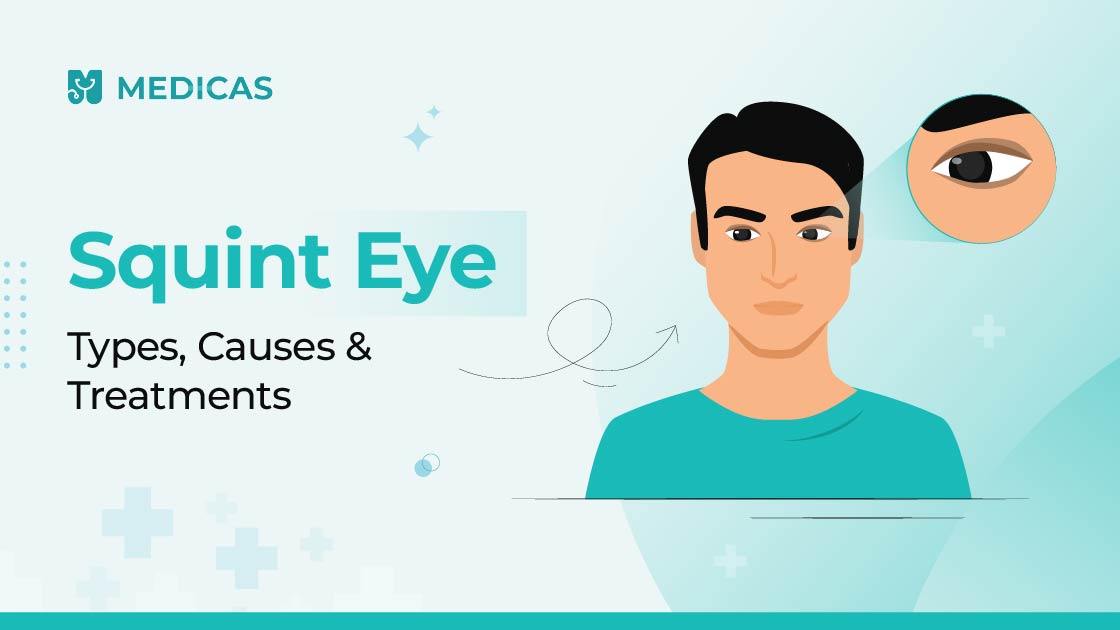Squint Eye: Types, Causes, Treatment, and Surgery
A squint eye, medically known as strabismus, is a condition where both eyes do not look in the same direction. While one eye focuses correctly, the other may turn inward, outward, upward, or downward. This condition can affect both children and adults and may lead to double vision or even permanent vision loss if left untreated.
Types of Squint Eye
Squints are classified by the direction of eye misalignment. Common types include:
- Esotropia: Eye turns inward
- Exotropia: Eye turns outward
- Hypertropia/Hypotropia: Eye turns upward/downward
- Intermittent Squint: Misalignment occurs occasionally
Causes
Squint can occur due to:
- Congenital factors (present at birth)
- Neurological or muscle problems
- Uncorrected vision issues (like farsightedness)
- Lifestyle factors, such as excessive screen time
Treatment Options
Timely treatment is essential. Depending on the type and severity, options may include:
- Glasses or contact lenses to correct refractive errors
- Patching therapy to strengthen the weaker eye
- Vision therapy to improve eye coordination
- Squint eye surgery, where the eye muscles are adjusted to realign the eyes
Surgery and Recovery
Squint surgery is safe and effective, typically performed under general anesthesia. Recovery is quick, and post-surgery care includes eye drops and follow-up visits.
Conclusion
If you or your child shows signs of squint, consult an eye specialist promptly. Early detection can prevent complications and improve quality of life.
Ref : https://www.blogs.medicasapp.com/squint-eye-treatment/





Comments